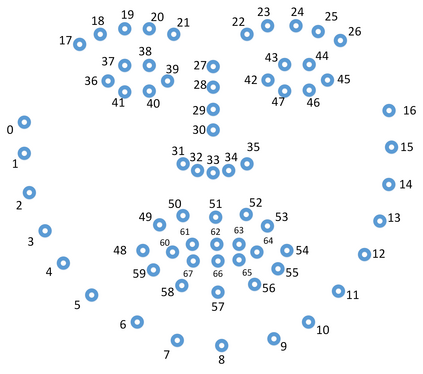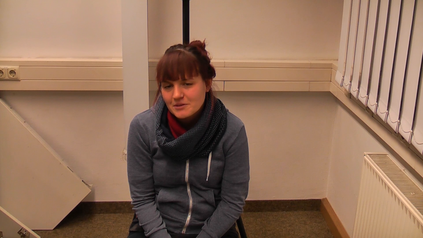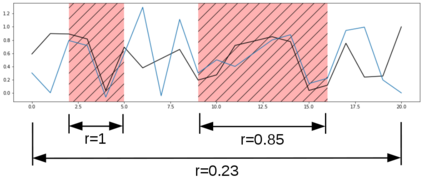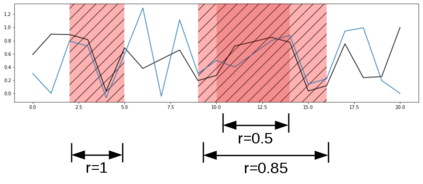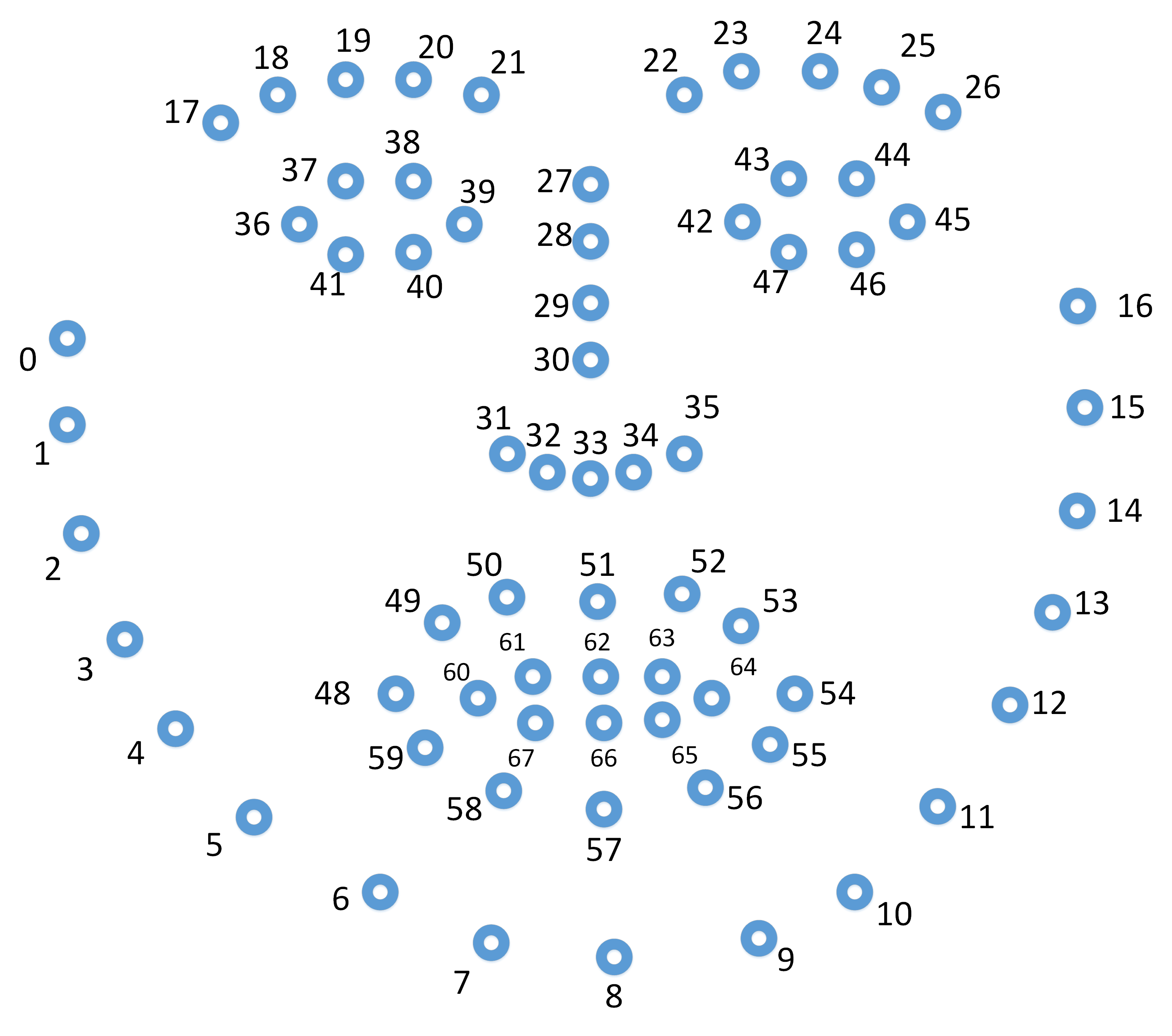Identifying the direction of emotional influence in a dyadic dialogue is of increasing interest in the psychological sciences with applications in psychotherapy, analysis of political interactions, or interpersonal conflict behavior. Facial expressions are widely described as being automatic and thus hard to overtly influence. As such, they are a perfect measure for a better understanding of unintentional behavior cues about social-emotional cognitive processes. With this view, this study is concerned with the analysis of the direction of emotional influence in dyadic dialogue based on facial expressions only. We exploit computer vision capabilities along with causal inference theory for quantitative verification of hypotheses on the direction of emotional influence, i.e., causal effect relationships, in dyadic dialogues. We address two main issues. First, in a dyadic dialogue, emotional influence occurs over transient time intervals and with intensity and direction that are variant over time. To this end, we propose a relevant interval selection approach that we use prior to causal inference to identify those transient intervals where causal inference should be applied. Second, we propose to use fine-grained facial expressions that are present when strong distinct facial emotions are not visible. To specify the direction of influence, we apply the concept of Granger causality to the time series of facial expressions over selected relevant intervals. We tested our approach on newly, experimentally obtained data. Based on the quantitative verification of hypotheses on the direction of emotional influence, we were able to show that the proposed approach is most promising to reveal the causal effect pattern in various instructed interaction conditions.
翻译:在三角对话中,人们越来越关注心理科学,包括心理治疗、政治互动分析或人际冲突行为方面的应用,从而发现情感影响的方向; 广义的表达方式被广泛描述为自动的,因此难以公开影响; 因此,这些表达方式是更好地了解社会情感认知过程的无意行为信号的完美衡量尺度; 本着这一看法,本研究报告涉及分析基于面部表情的对话中情感影响的方向; 我们利用计算机视觉能力以及因果推理理论,在三角对话中,对情感影响方向的假设进行定量核查,即因果相互作用关系。 我们处理两个主要问题。 首先,在三角对话中,情感影响发生时间跨度,强度和方向随时间变化而变化。 我们为此提出一个相关的间隔选择方法,在推断之前,我们使用该方法来确定应采用因果推断的瞬间间隔。 其次,我们建议使用精确的面部表达方式,在明确明确的面部位影响时,在明确的面部位上,我们所选取的直观的直径直线上,我们所选的直观的直径直径直的直径直径直的直径直直直的直直直直直的直线,我们所选的直径直判的直判的直判的直判的直判的直判的直判的直判的直判。

